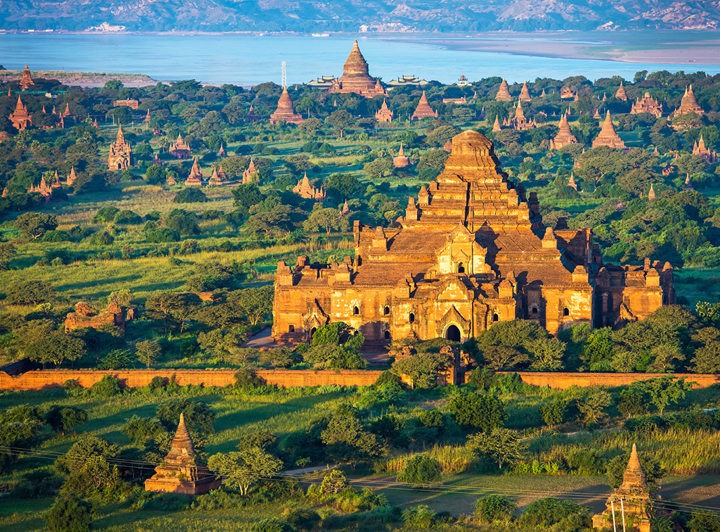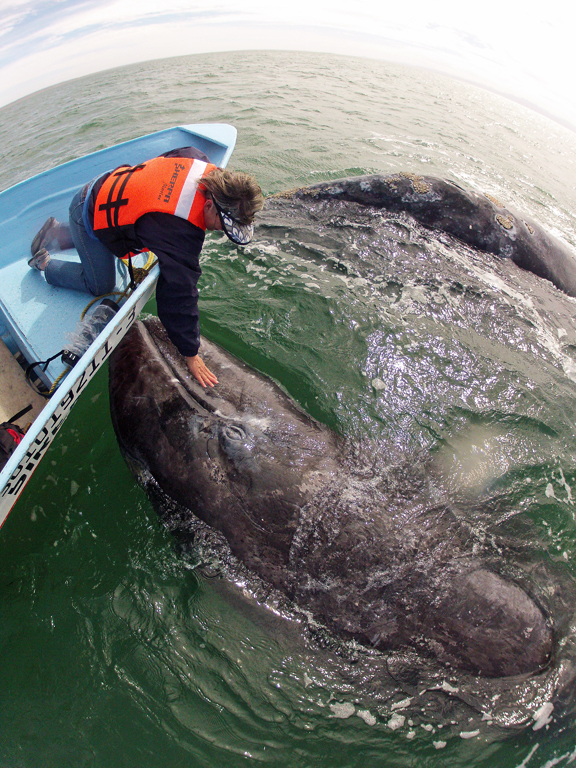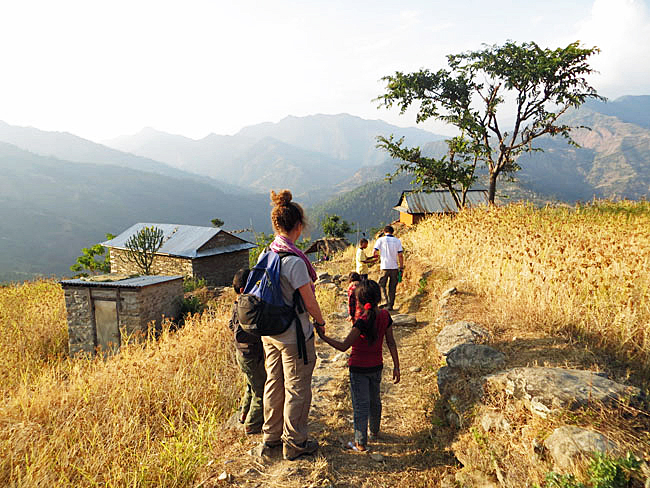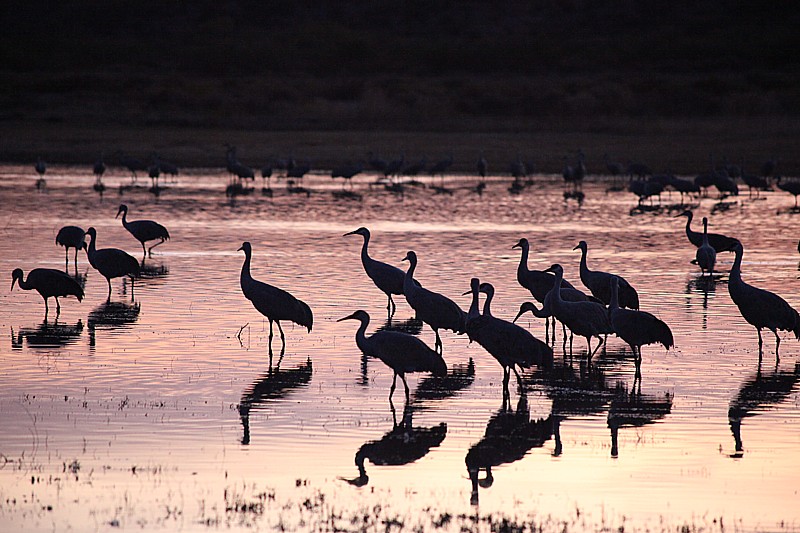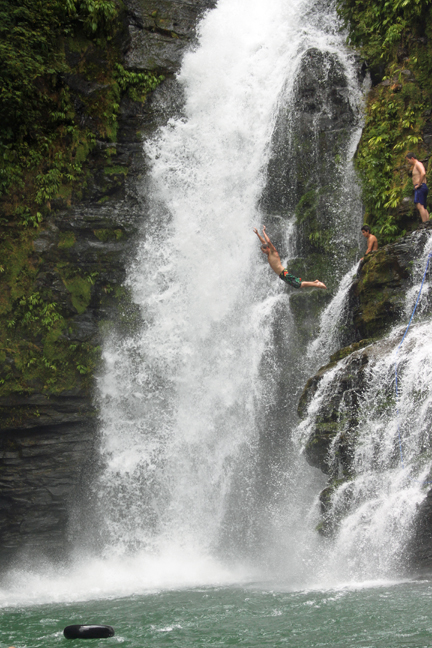
SEATTLE – Following the path less-touristed, Wildland Adventures’ nine-day Costa Rica Far-Flung Family Adventure targets families with adventurous teens. This itinerary brings travelers from the Caribbean to the Pacific on river rafts, surf boards, zip lines and small aircraft, en route viewing exotic wildlife, helping local youngsters brush up on English, dining well and overnighting in some of Costa Rica’s foremost ecolodges.
Scheduled departures are Dec. 20-28, 2014; Dec. 26-Jan. 3, 2015; Jan. 10-18 and Feb. 14-22, 2015. The group size is a maximum of 12. The per person double rate is from $3,995. Private departures may be arranged upon request and the program can be tweaked for families with young children or adults only.
This itinerary unique to Wildland Adventures was created by Grettel Calderon, the company’s Central America Program Director and a native “Tica” from Costa Rica, who for 20 years has been designing eco tours to Costa Rica, Panama, Nicaragua, Belize and Guatemala. The main ingredients of her expert mix of adventures include wildlife viewing in cloud forests and jungles, natural history, cultural exchange, active adventures and local cuisine.
This off-the-tourist-track adventure brings guests from San Jose to the Pacuare River for Class III-IV whitewater rafting before a two-hour boat trip to Tortuguero National Park, so remote it can be accessed only by jungle canals or small air strip. A short repositioning flight back to San Jose points guests in the direction of the Pacific and an ecolodge a short distance from the beach in the Dominical region that accesses Marino Ballena (Whales) National Park, Osa Animal Sanctuary, Corcovado National Park and Cano Island, one of the most prolific humpback whale migratory routes and dolphin habitats in Central America.
“Many areas of Costa Rica that aren’t promoted to visitors have a lot to offer and Dominical is one of them. We’ve located still-secluded beaches surrounded with lush tropical forests teeming with wildlife, and pristine tropical waters where marine life thrives,” Calderon underscored.
“We’ve discovered wonderful local restaurants that offer extraordinary culinary experiences. For example this little rural town of Ojocha is nothing but amazing restaurants where local ex-pat resident chefs who have moved there from France, Italy and Indonesia, have blended recipes from home with fresh tropical ingredients and Tico-style cooking to open restaurants in their homes and gardens offering creative cuisines in an ambiance you would never expect in the middle of nowhere,” she said.
In her years of scouting trips Calderon has recently uncovered new private reserves, small coves and barely known beaches, an animal rehab sanctuary, off-the-tourist-track villages to visit and some of the hemisphere’s best whale watching.
Kurt Kutay, who founded Wildland Adventures (www.wildland.com) in 1986 after having worked for the Costa Rican National Park Service, noted that “most outfitters run insensitive (and even illegal) whale viewing trips and Grettel found the right boat operator who provides education and great viewing in comfortable and safe boats. Another far-flung aspect of this trip is that we return overland from the southern coast over the Cerro de la Muerte mountain pass, stopping for a hike in the new Los Quetzales National Park where there are good chances of seeing the Holy Grail of birdwatching – the Resplendent Quetzal.”
In Tortuguero, besides kayaking, boat and village tours, families may join locals in a fun and interactive word adventure game helping kids learn a bit of English (while guests practice their Spanish). On the Pacific participants can join in several water activities: outrigger kayaking (an ancient form of kayaking), regular kayaking or stand up paddle boarding. En route to Caño Island looking for whales, a stop is made at Playa Violines, a secluded beach accessed through mangrove forest on the Sierpe River. Here are opportunities for sightings of monkeys, sloth, crocodile, boa constrictor, iguana and more before reaching the ocean.
Departures are guaranteed for two or more people. Group is limited to 12 people. The trip begins and ends with overnights in San Jose. See: http://www.wildland.com/trips/central-america/costa-rica/costa-rica-far-flung-family-adventure/overview.aspx#/overview
For more information and reservations contact Wildland Adventures at 1-800-345-4453 or by email at: [email protected].
Follow Wildland Adventures
Facebook: https://www.facebook.com/wildlandadventures
Twitter: https://twitter.com/WildTravel
YouTube: https://www.youtube.com/wildtravel
Google Plus: https://plus.google.com/+wildlandadventures
For more travel features, visit:
www.examiner.com/eclectic-travel-in-national/karen-rubin
www.examiner.com/international-travel-in-national/karen-rubin
travelwritersmagazine.com/TravelFeaturesSyndicate
goingplacesnearandfar.wordpress.com
‘Like’ us on facebook.com/NewsPhotoFeatures
Twitter: @TravelFeatures
New: Moral Compass: Great Places to Go Where the Going Does Good
moralcompasstravel.info
Check out our newest travel site for special deals, insiders’ tips at tidbitts.com: www.tidbitts.com/karen-rubin/where-in-the-world
